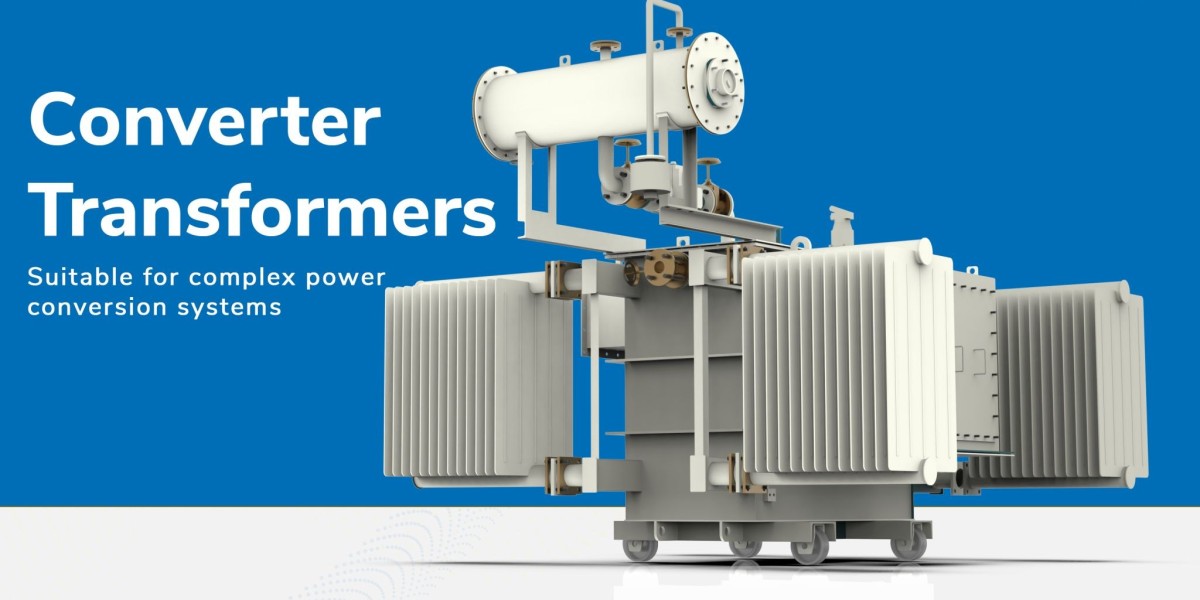Converter transformers are vital components in modern electrical infrastructure, particularly in high-voltage direct current (HVDC) systems and renewable energy applications. Their ability to convert electrical energy between alternating current (AC) and direct current (DC) forms is essential for efficient long-distance power transmission and integration of renewable energy sources. This article explores the function, applications, and importance of converter transformers in today’s power grids.
What Are Converter Transformers?
Converter transformers are specialized electrical transformers designed to facilitate the conversion of electrical power between AC and DC. This conversion is essential in various applications, especially in HVDC systems where electricity needs to be transmitted over long distances with minimal losses. The transformer operates as a bridge between the AC and DC systems, enabling the efficient transfer of energy while managing voltage levels and ensuring the stability of the power network.
Key Applications of Converter Transformers
- High-Voltage Direct Current (HVDC) Transmission:
Converter transformers are critical in HVDC transmission, a technology that allows electricity to be transmitted over long distances with lower energy losses compared to traditional AC transmission. These transformers convert AC to DC at the sending end and then back to AC at the receiving end, making HVDC a highly efficient solution for cross-border power transmission and linking remote renewable energy sources to the grid. - Renewable Energy Integration:
As the world shifts towards renewable energy, converter transformers play a pivotal role in integrating these variable energy sources into the grid. Wind farms and solar power plants often generate DC power, which needs to be converted to AC for transmission and distribution. Converter transformers ensure that this conversion is done efficiently and reliably, supporting the growth of clean energy. - Industrial Applications:
In industrial settings, converter transformers are used in processes that require DC power, such as electrolysis, electric arc furnaces, and other heavy machinery. These transformers convert the incoming AC power to DC, enabling the operation of specialized equipment and improving energy efficiency in industrial processes.
Why Are Converter Transformers Important?
Converter transformers are indispensable in modern power systems for several reasons:
- Efficiency in Power Transmission:
By enabling HVDC transmission, converter transformers reduce energy losses during long-distance power transmission, making the overall system more efficient and cost-effective. - Support for Renewable Energy:
As renewable energy becomes a larger part of the global energy mix, converter transformers help to integrate these sources into the grid, ensuring a stable and reliable supply of electricity. - Voltage Regulation and Stability:
Converter transformers play a key role in managing voltage levels and ensuring the stability of both AC and DC power systems, which is crucial for the reliable operation of the entire grid.
Conclusion
Converter transformers are essential components in the modern power landscape, supporting efficient energy transmission, renewable energy integration, and stable grid operation. As the demand for electricity continues to rise and the world moves towards cleaner energy sources, the importance of these transformers will only grow. Understanding their function and applications helps to appreciate their critical role in powering the future.



